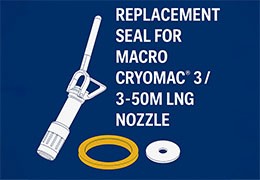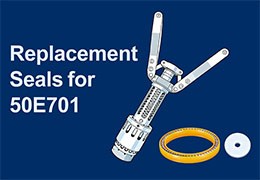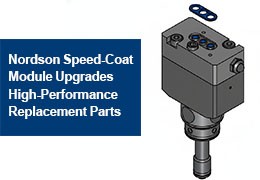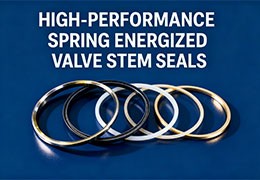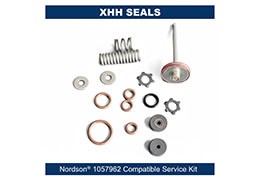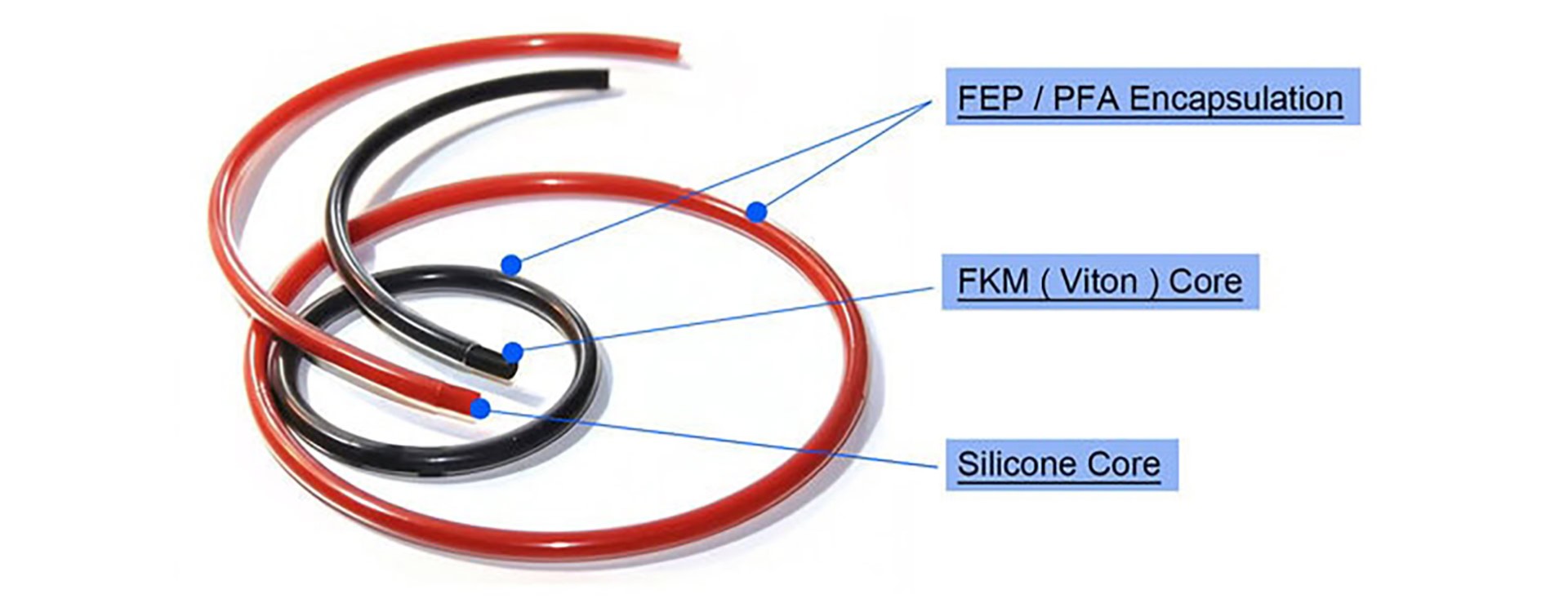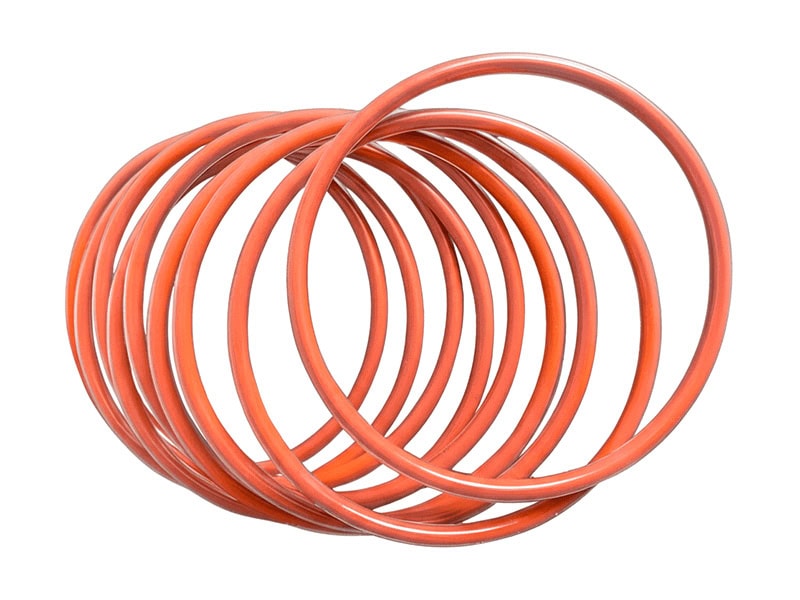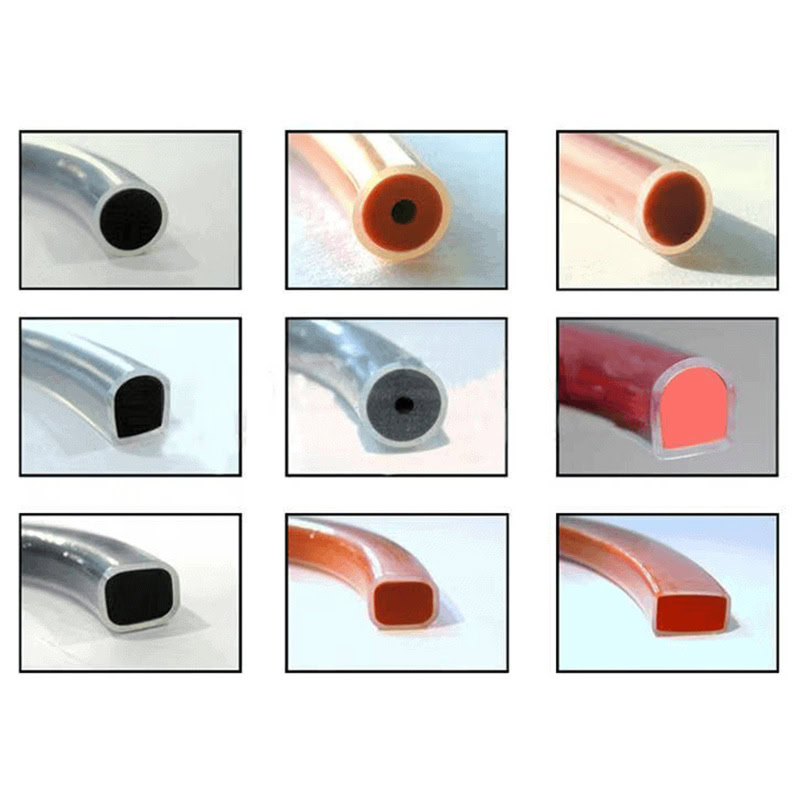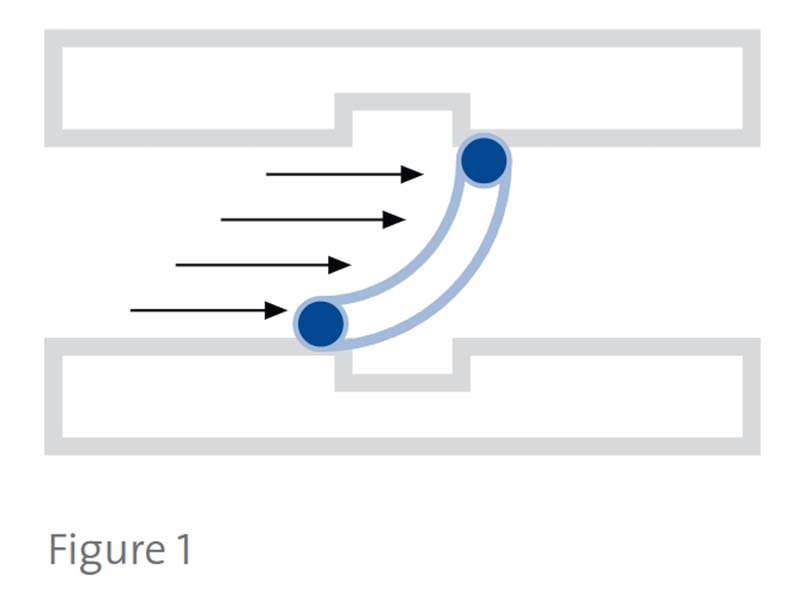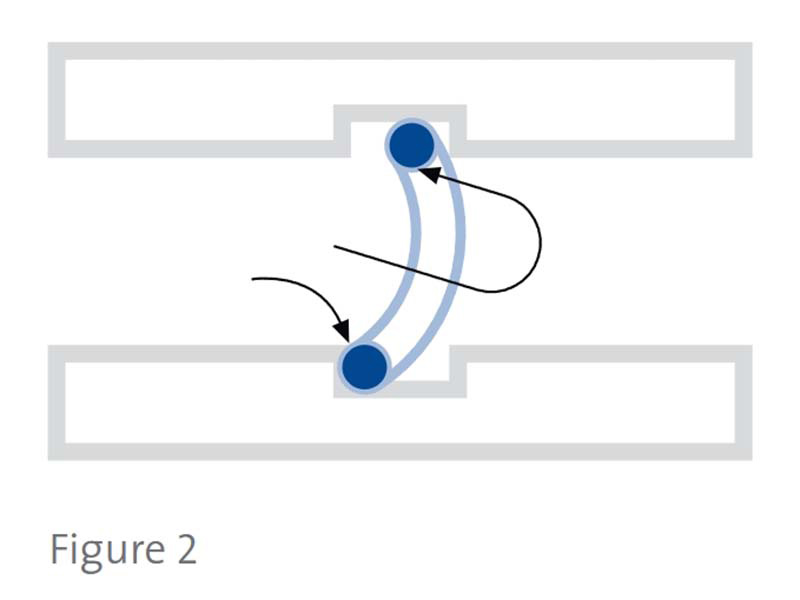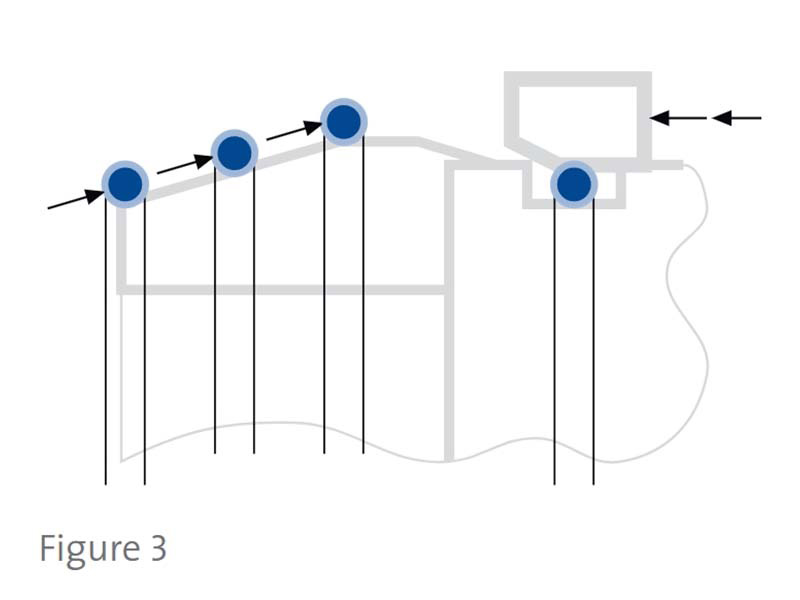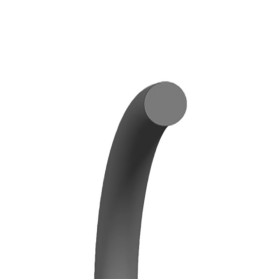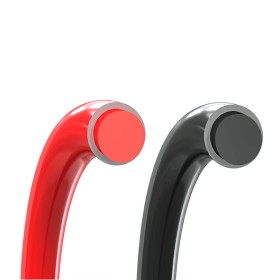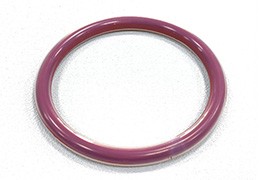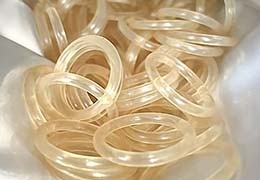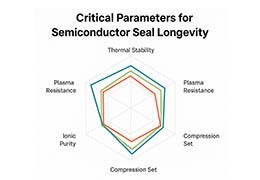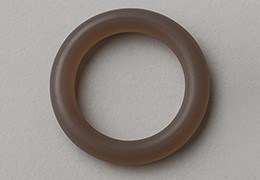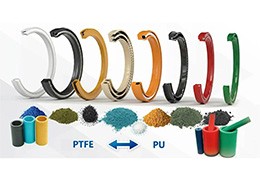CryoMac® 3 / 3-50M LNG nozzle interface seal replacement (P/N 14591). OEM-compliant cryogenic seal kits, ISO 12617...
Search in blog
Blog categories
- Spring Energized Seal (5)
- Single seals and gaskets for hot melt systems (16)
- Sealing Solutions for the LNG Industry (3)
- Downhole and Intervention Tools (3)
- Hydraulic Cylinder Seals (6)
- PTFE (2)
- O Rings (6)
- Wear Rings (2)
- FKM (2)
- FFKM (5)
- Nordson seal kit (11)
- Sealing Ring Manufacturers & Suppliers Directory (1)
- Oil Seal (1)
- Woodworking Sealing Parts (1)
- Mining (1)
- Dispensing Systems (8)
- HPLC Seals (2)
- Robatech Compatible Seal Kit (1)
- Valco Melton Seal Replacements (1)
- V-Packing Seals (1)
- Repair Kits (3)
- Resources (1)
- Trade Show (1)
- Sealing Solutions for the Oil & Gas Industry (2)

